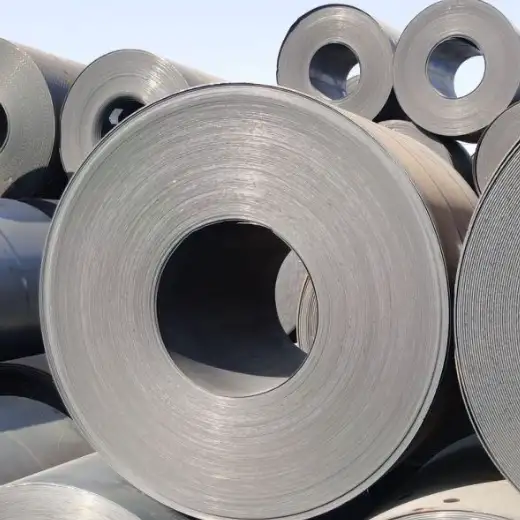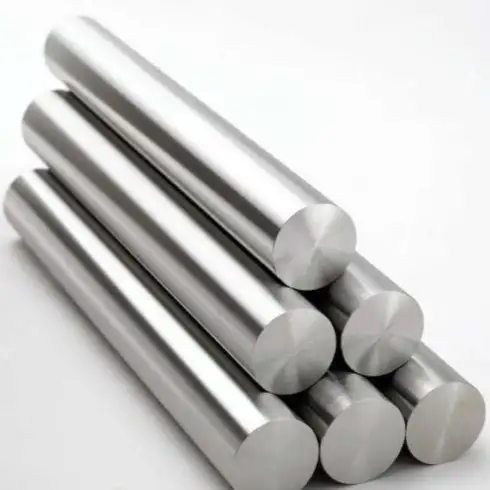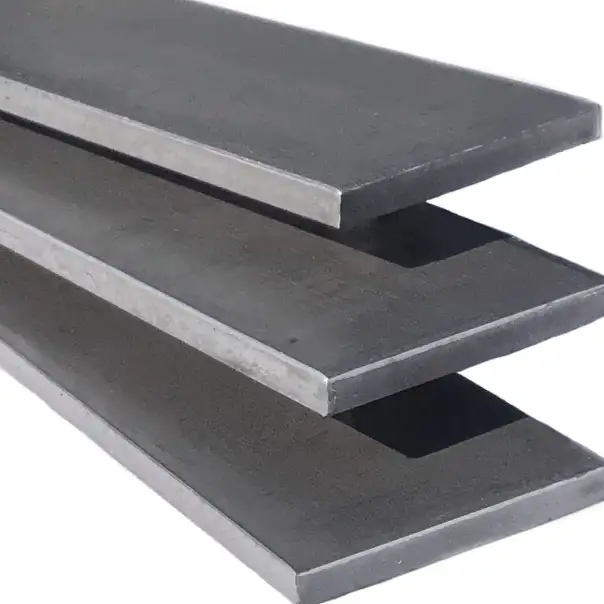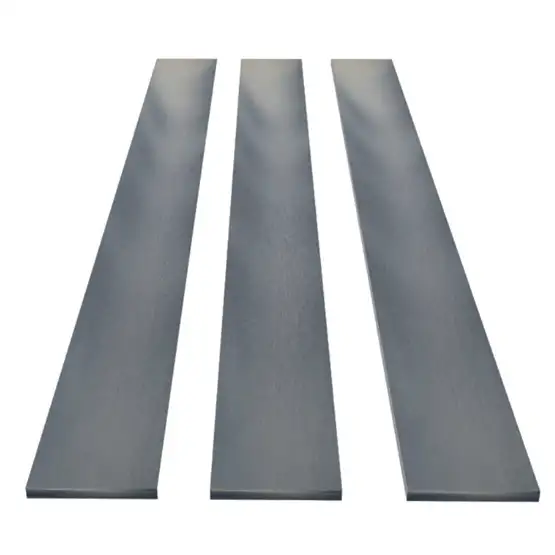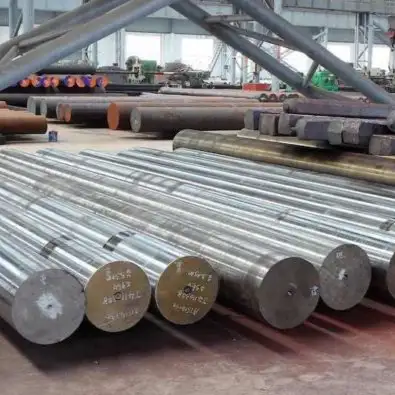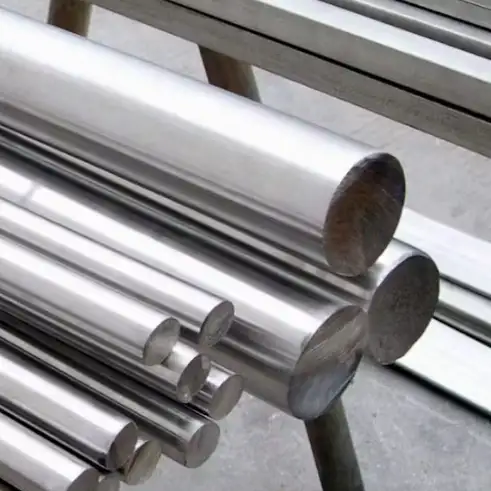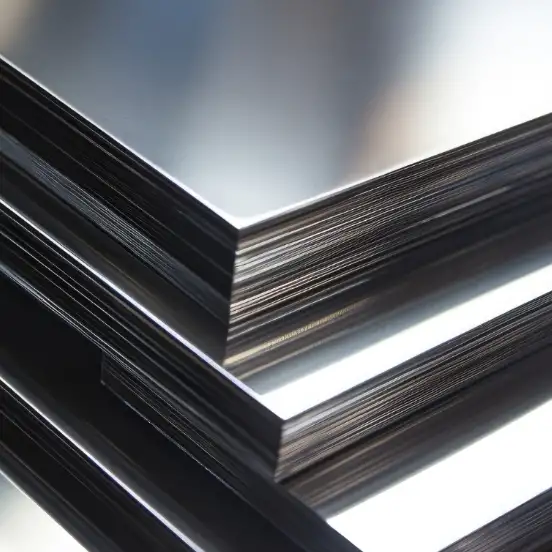Carbon Steel Density Range: How Much Does Carbon Steel Weigh?
I have know that the density of carbon steel generally lies between 7.75 and 8.05 g/cm³ (7 750–8 050 kg/m³), with the most typical value cited at 7.85 g/cm³ (7 850 kg/m³). 1. Introduction: Density Range and Significance I’ve worked with countless steel grades, and I can tell you: density isn’t just a number. It drives weight, strength, and cost. At room […]
Carbon Steel Density Range: How Much Does Carbon Steel Weigh? Read More »

